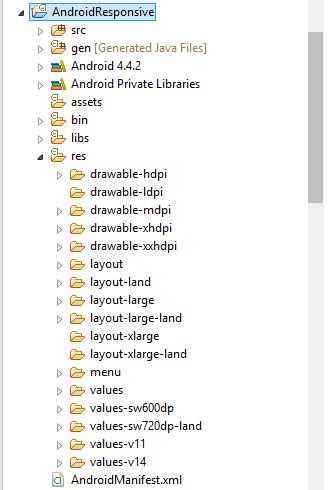

If you’re building a product from scratch, a responsive website will be much less expensive than a mobile app. If you compare it with the native app, you won’t notice much difference.

Instagram is an excellent example of responsive web design. Responsive web design uses fluid grid systems (flexible grids that use relative sizes rather than absolute ones), fluid images (images that scale to fit the grids), and media queries (to alter the layout of the site when certain conditions are met). Responsive web design is normally created using the “mobile-first” principle-the experience is defined first on mobile and then scaled up to larger screens such as a tablet, desktop, and TV. Responsive web refers to the web designs that accommodate different screen sizes, so the content looks great on any screen size. This article explores both paths and highlights their pros and cons.

Deciding whether you should go for a responsive web app or native app is one of the first questions that you will need to figure out.īoth responsive web apps and native apps have their advantages and disadvantages, and it’s important to understand these in detail before committing to a particular development path.
ANDROID RESPONSIVE LAYOUT HOW TO
With more than 3.5 billion smartphone users in the world today, it’s no longer a question of whether you should adapt for products for mobile devices, but rather how to do it properly. Businesses are already aware of the need to adapt to mobile.


 0 kommentar(er)
0 kommentar(er)
